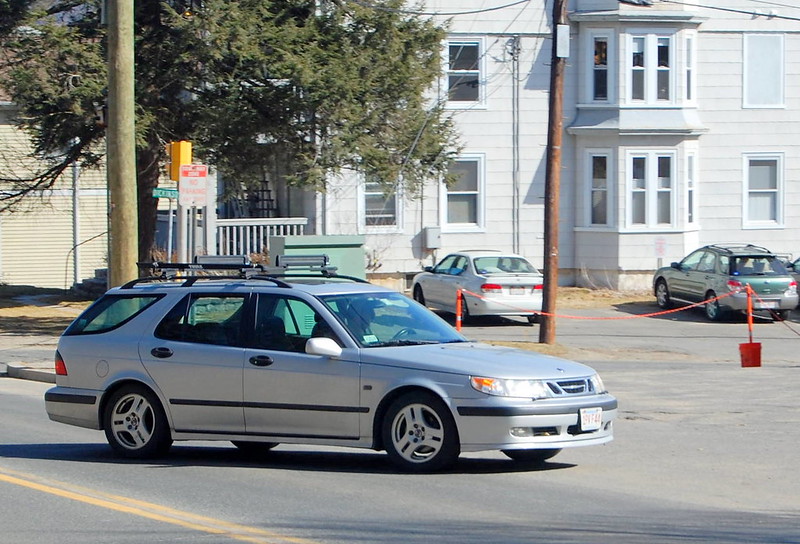The COVID-19 pandemic forced millions of Americans to switch from in-person to remote work for the first time in their lives. Many decided to stay at home indefinitely, given the flexibility and comfort remote work provides compared to their former environments. As the virus begins to wane, many companies are trying to get their employees back into the office, but most remote employees are not having it.
How could we blame them? When given a choice, workers realized they didn’t really like driving an hour each way, sitting in bumper-to-bumper traffic and enduring a suffocating workplace with controlling bosses. Remote work made us realize it didn’t have to be that way.
If companies want workers happily going back to their cubicles in droves — and not quit along the way — there needs to be comprehensive changes to in-person work. This includes not only solving internal issues like workplace culture, but fundamentally rethinking our culture of commuting. When asked, remote workers responded that saving time and money from not commuting was one of the major reasons they wanted to continue to work from home. If the return to in-person work is quickly approaching, how can we make the whole routine of getting to-and-from work a bit less excruciating?
The positive effects of smaller commutes are abundant. Cutting down on commute times doesn’t just save valuable time and money, but also improves physical and mental health as well as worker productivity. On the flip side, there’s a myriad of negative effects of longer commutes, including multiple health issues like decreased exercise, higher risk of obesity, heart problems, less sleep, exposure to pollution and more stress.
One of the major reasons for the prevalence of longer commutes is that people live too far from where their jobs are. This is by design in most of the country due to zoning rules that require homes to be separated from businesses and other amenities, which has contributed to the already established car-centric culture. This creates unnecessary traffic that lengthens commute times because of how much driving it necessitates as opposed to more sustainable options..
This is made worse by the fact that job centers in America have not built enough housing to satisfy demand, so workers are forced to live further away and drive even longer than they need to. Instead of driving 10 minutes from a nearby town, they end up having to drive 30 or 60 minutes from a more affordable but much further flung town.
Add to this the inadequacy of mass transit in most American cities, and you get deadlocked rush-hour traffic that saps people of their time, money and health. Even the most extensive mass transit systems like Greater New York’s MTA are always dealing with delays and other service problems, not to mention the deeper problem of not covering enough areas.
This is increasingly common in cities with metro areas like Atlanta and San Francisco, where a severe shortage of housing near jobs and inadequate transit have forced even greater numbers of workers further away from where they work. This outcome is no accident, more so an aspect of systemic racism against African-Americans and other minorities. Owing to their wealthy white populations, urban and suburban job centers have historically tried to restrict housing construction to gatekeep the area from lower income and minority groups. Some of these areas have gone so far as to block more mass transit to make it harder for marginalized groups to live there.
It is visible in maps overlaying racial demographics with job concentrations, take Atlanta for example. White anti-housing areas and most of the region’s African-American communities are segregated to the opposite side of the region. The result is people in these marginalized areas having to regularly endure grueling and pointlessly long commutes.
Improving commutes for American workers is more than just building more homes near jobs and expanding mass transit. It is also about righting historical injustices against marginalized people of color, for whom our government purposelymade it harder to access good jobs and neighborhoods.
Since remote work has exploded in popularity, it’s safe to say commuting isn’t the only reason workers don’t want to go back to the office. Though it is one of the main reasons. By making it easier for people to both get to and live closer to work, we can get more people back to the office of their own accord. On a deeper level, we can take back precious time so often wasted going to places, and instead spend more of it being in places.
Liam Rue can be reached at [email protected].



















Dr. Ed • Feb 18, 2023 at 12:52 pm
I disagree — and suggest that one look at the commuting patterns of a century ago.
.
There was an extensive streetcar network, the remnants of which in Boston became the MBTA’s Green Line. There were streetcars in Amherst, the Amherst DPW building still has tracks in the floor because it was the car barn and there is a pedestrian bridge in South Amherst from that era. (As is the “Bridge of Flowers” in Shelborne Falls.)
And the “S” curves on the road uphill through Shutesbury — that was so that the streetcar could maintain contact with the overhead trolley wire.
BUT even with all of this, most jobs remained LOCAL. Amherst had three *local* banks, it had *local* grocery & drug stores, it was *local* doctors and dentists and the rest.
All of these white collar jobs were LOCAL — there was no need to commute to Springfield, Boston, or NYC because these jobs were LOCAL.
And what technology has shown us is that all of these jobs can be local again. So what if you are approving mortgages throughout all of New England — you don’t have to be in Boston to do that — you could be in Whatley and no one would know the difference.
Hence the need is not to somehow produce more housing in congested areas but to let people work where they live. Have small local offices with smart cards that tell the employer when the employee entered the building — there’s no need to see the person physically enter the building in Boston…/